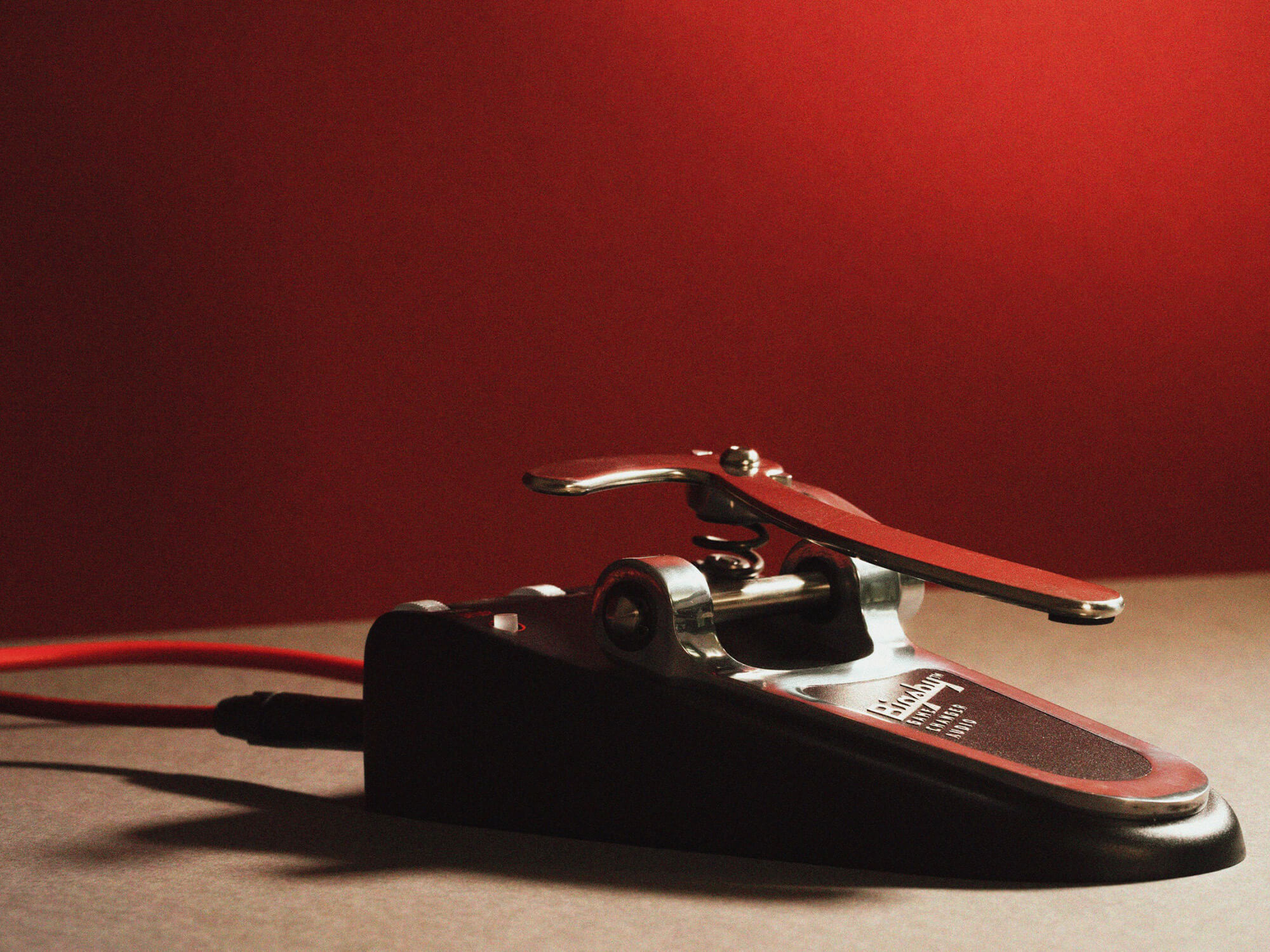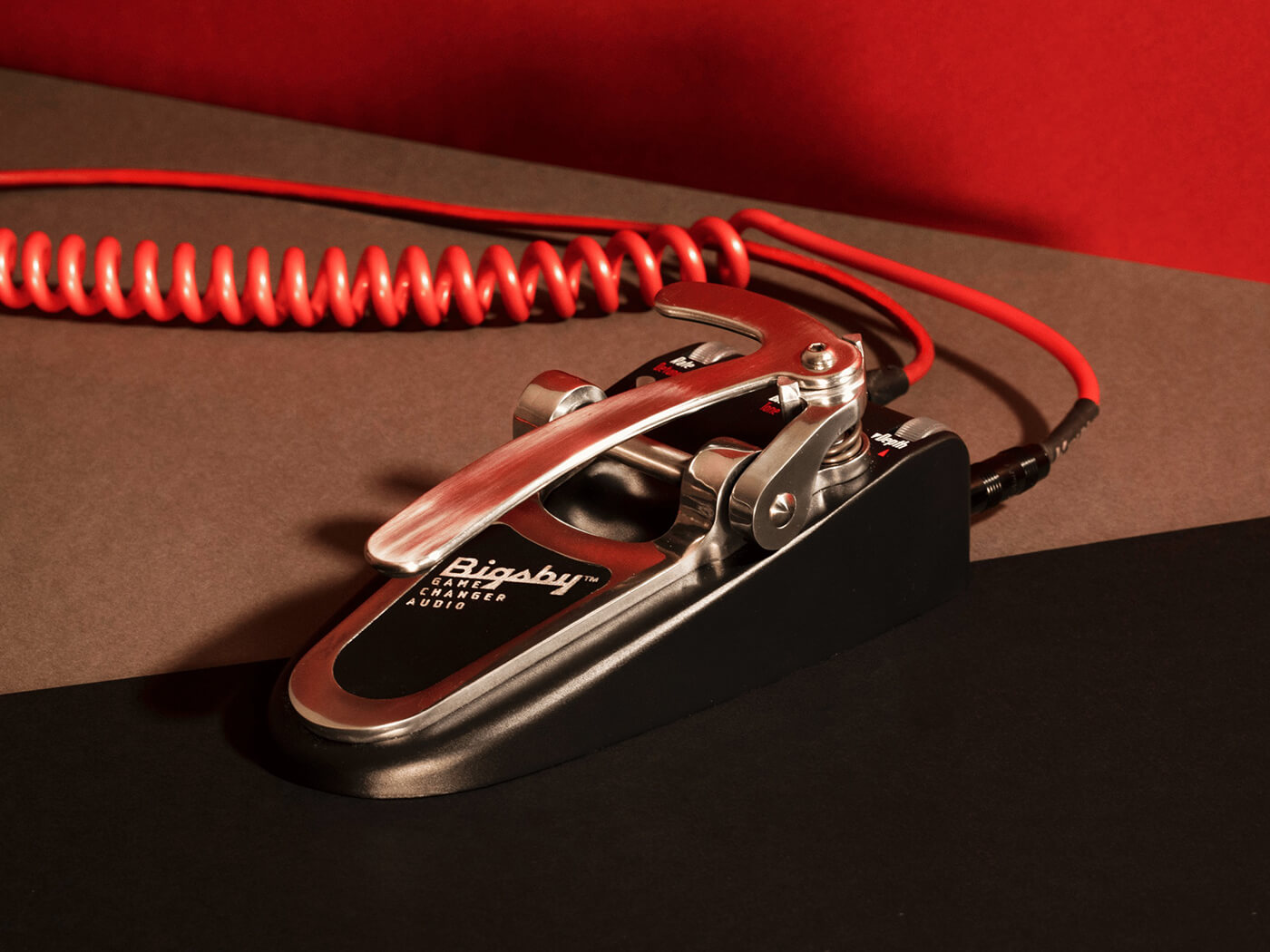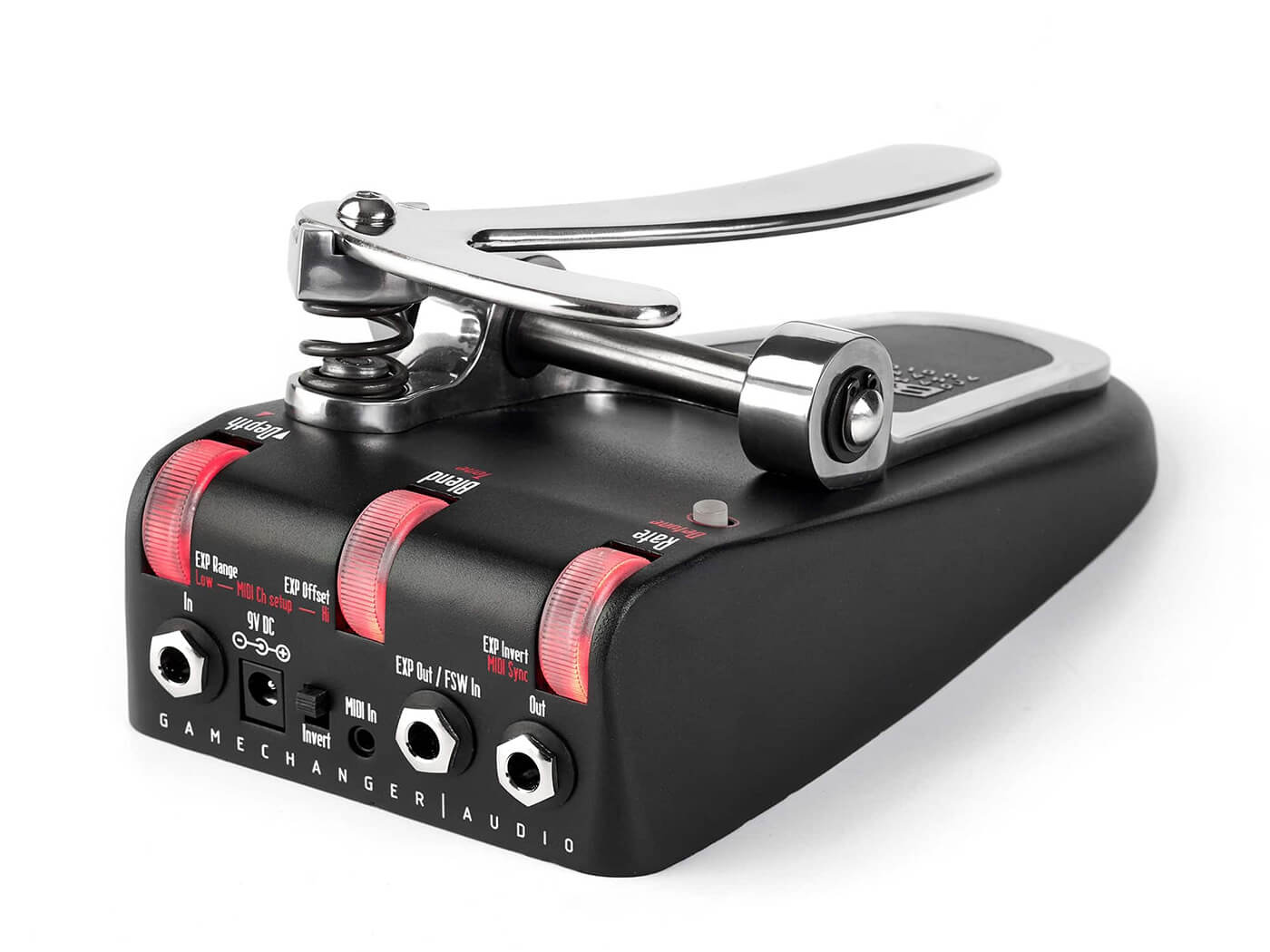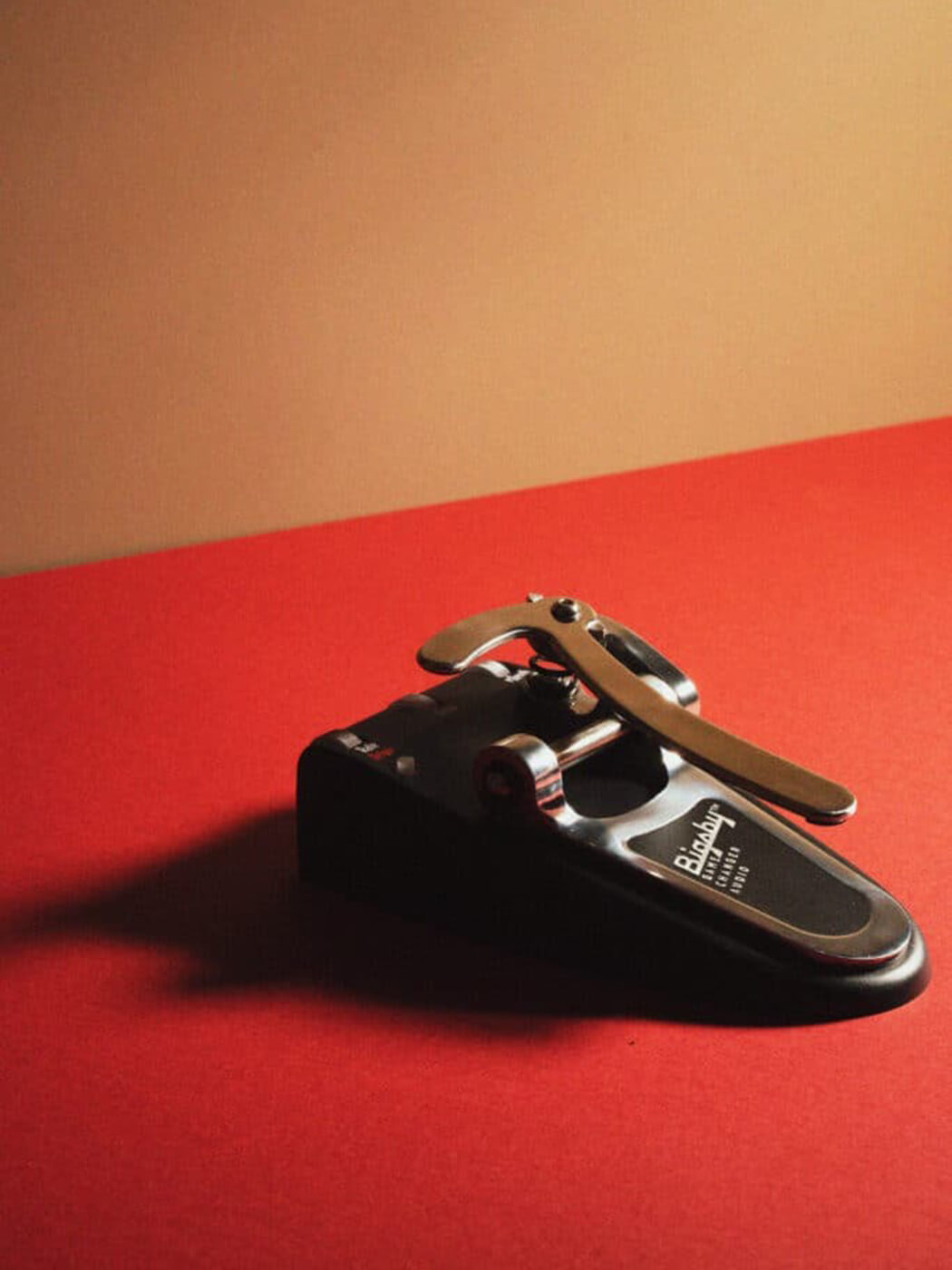Related Tags
Gamechanger Audio Bigsby Pedal review: more than just a vintage wobble machine
Designed in partnership with Fender, this sturdy unit brings old-school vibrato effects to hardtail guitars… with some bonus Whammy and chorus tones thrown in

Review Overview
Our rating
7
Our verdict
It’s the infamous six-letter ‘B’ word that’s caused bitter arguments, divided communities and brought down governments – yes, we’re talking about the Bigsby, the most loved/hated piece of hardware in guitardom. Here, though, is a pedal that promises to bring all the advantages of that classic vibrato unit with none of the drawbacks. Has Gamechanger Audio lived up to its name once again?
Gamechanger’s Bigsby Pedal has been created in cahoots with Fender, current owners of the venerable brand, and offers three key benefits over buying an aftermarket trem: it requires no guitar modifications, can be used with multiple instruments, and won’t throw you out of tune no matter how hard you whack it.
But that’s not all – because this Latvian-made device can also lend its digital processing power to much more extreme pitch-shifts than the gentle wobbles and semitone bends we associate with Bigsby bars. Those shifts can be up as well as down – and by blending them with the dry signal, it can create modulation effects too. You can ‘detune’ chords for authentic imperfection, save and recall presets via MIDI, and even employ this unit as an expression pedal for another stompbox using a standard TRS cable.

All of this happens in a large and reassuringly weighty lump of ordnance that’s been designed to capture the look – and, more importantly, the response – of a hand-operated Bigsby. That means a lot of shiny aluminium, a spring to regulate the movement of the bar, and an algorithm that we’re told has been meticulously modelled on the behaviour of the real thing.
What’s distinctly non-vintage is the row of three roller knobs along the top, which are lit from inside and go brighter when you turn them up (the LEDs flip from white to red when you press the button to engage their alternative functions). The one we’ll be paying closest attention to is the pitch-shifting range adjuster on the right, which lets us dial in anything from a barely audible quiver to a full octave swoop.
We’ll be testing all of this with a Telecaster, a dash of spring reverb… and cowboy boots, obvs.

In use
This pedal can’t be bypassed, so arguably the most crucial thing it has to be able to do is nothing – and, for as long as you keep your foot off the bar, that’s what it delivers, leaving the dry signal completely unmolested and not adding any audible noise. Hooray for the Nothing Pedal!
Next up, though, is the more challenging task of moving smoothly from that state into Bigsby bendiness. We start with the depth set low for classic sub-semitone dips and shimmers, and the first thing to report is that the spring-loaded feel – while clearly different to the analogue original, simply because a foot is not a hand – couldn’t be better. The second thing to report is that notes and chords move in and out of vibrato naturally and seamlessly. And the third thing to report… is latency.
Bend notes while they’re sustaining and all is well, but hit a string while your foot is already touching the bar and the delayed response is yuckily noticeable. This, combined with the fact that it’s very difficult to wiggle both below and above pitch – as you can by gently pushing and pulling on a real Bigsby – means the ‘vintage’ part of this pedal’s feature set is seriously limited.

There is, however, loads of entertainment to be found when we start exploring the other tricks on offer. First up on that list is divebombing, with up to an octave of pitch-sweeping available in either direction – not that our review unit could actually manage a full octave, always falling a semitone or two short (presumably because of a glitch with the optical auto-calibration system). Anyway, these wild shifts can sound fantastic with heavy distortion, as anyone who’s ever messed with one of DigiTech’s assorted Whammy devices will know, although the latency issue remains.
With the depth back down to well below a semitone, blending in some untreated signal with the middle knob allows us to create natural chorus effects; but an easier way to do that is to start fiddling with the rate knob. Now we can press down on the bar to fade in some pure pitch vibrato or, with the blend set high, a much richer kind of chorus that can drift almost into Leslie territory.
When used to control another stompbox, the Gamechanger Bigsby works extremely well – damn, maybe all expression pedals should have a spring – and the clever bit here is that it can operate either in your signal chain or outside of it. In the former case, you’ll enjoy the unit’s own pitch changes alongside whatever else it’s manipulating; in the latter, just remember it’ll still need a power supply.
This is a unique piece of kit that does things you won’t find anywhere else. We do wish it did some of them slightly better, but Gamechanger deserves credit for continuing to push at the limits of what a guitar pedal can do.
Key features
- PRICE $379 / £329 / €379
- DESCRIPTION Polyphonic pitch-shifter pedal, made in Latvia
- CONTROLS Modulation rate/detune, blend/tone, down/up shift depth, alt functions switch, invert switch
- FEATURES Expression out / footswitch in, 3.5mm MIDI in (five-pin adapter cable included), powered by 9-volt mains supply only (220mA, no bypass)
- DIMENSIONS 225 x 115 x 85mm
- CONTACT gamechangeraudio.com
